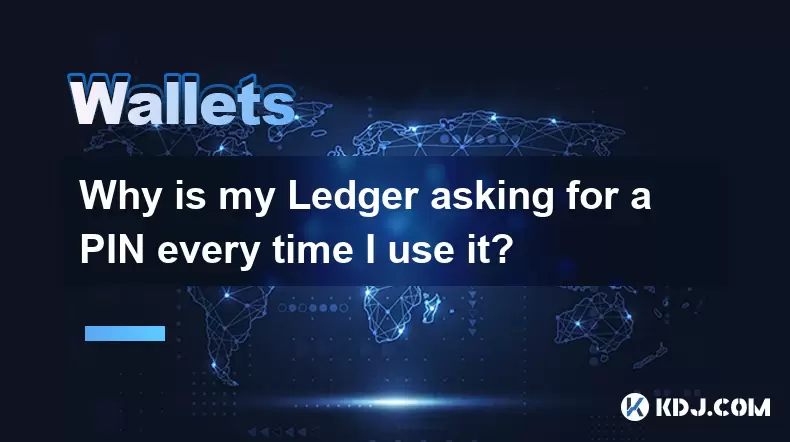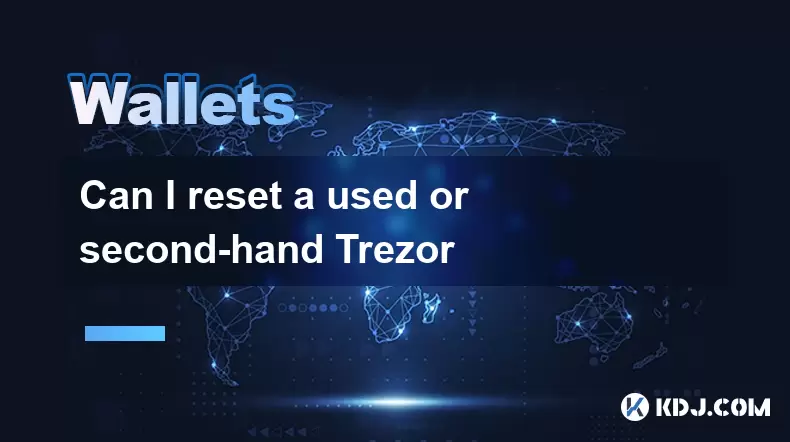-
 Bitcoin
Bitcoin $109,172.8137
0.38% -
 Ethereum
Ethereum $2,658.3912
1.88% -
 Tether USDt
Tether USDt $1.0000
0.00% -
 XRP
XRP $2.3797
3.33% -
 BNB
BNB $662.4084
0.26% -
 Solana
Solana $153.4873
1.09% -
 USDC
USDC $0.9999
-0.03% -
 TRON
TRON $0.2892
1.08% -
 Dogecoin
Dogecoin $0.1727
0.88% -
 Cardano
Cardano $0.6071
3.19% -
 Hyperliquid
Hyperliquid $39.6726
3.01% -
 Sui
Sui $2.9490
0.91% -
 Bitcoin Cash
Bitcoin Cash $504.1242
0.19% -
 Chainlink
Chainlink $13.9579
1.40% -
 Stellar
Stellar $0.2894
12.13% -
 UNUS SED LEO
UNUS SED LEO $9.0366
-0.42% -
 Avalanche
Avalanche $18.5386
1.26% -
 Hedera
Hedera $0.1698
5.36% -
 Shiba Inu
Shiba Inu $0.0...01211
1.76% -
 Toncoin
Toncoin $2.8140
1.36% -
 Litecoin
Litecoin $88.5278
1.45% -
 Monero
Monero $318.9246
1.63% -
 Polkadot
Polkadot $3.5204
2.37% -
 Dai
Dai $1.0000
0.00% -
 Ethena USDe
Ethena USDe $1.0008
0.07% -
 Uniswap
Uniswap $8.1741
5.45% -
 Bitget Token
Bitget Token $4.3516
0.94% -
 Aave
Aave $296.0756
1.87% -
 Pepe
Pepe $0.0...01026
0.49% -
 Pi
Pi $0.4619
0.07%
Why is my Ledger asking for a PIN every time I use it?
The PIN on your Ledger device is a critical security layer that protects against unauthorized access and must be entered each time the device is connected.
Jul 08, 2025 at 11:21 pm

Understanding the Purpose of the PIN on Your Ledger Device
The PIN (Personal Identification Number) is a crucial security feature built into every Ledger hardware wallet. Its primary function is to protect your device from unauthorized access. When you first set up your Ledger, you are prompted to create a unique PIN code that acts as the first layer of defense for your cryptocurrency holdings.
This mechanism ensures that even if someone physically gains access to your Ledger device, they won't be able to open or interact with it without knowing the correct PIN. The PIN is not stored anywhere on the device itself, nor is it recoverable through external means. It is designed to be known only by the user and serves as a fundamental part of the security architecture.
Why You're Being Prompted for the PIN Every Time
Unlike some other digital wallet interfaces, Ledger requires a PIN entry each time the device is connected and accessed. This behavior is intentional and rooted in security best practices. Each session is treated independently to minimize the risk of unauthorized access during periods when the device may be left unattended or plugged in.
Some users might expect the PIN to be remembered after initial login, especially if they're familiar with mobile or software wallets. However, this expectation does not align with how hardware wallets like Ledger operate. Each connection resets the authentication state, requiring re-entry of the PIN to ensure that the person using the device is still the rightful owner.
The Role of the Secure Element Chip in PIN Protection
At the core of Ledger's security infrastructure is the Secure Element (SE) chip, which stores sensitive data such as your PIN and private keys. This chip is tamper-resistant and isolated from the rest of the system, ensuring that no external software—malicious or otherwise—can extract or manipulate these critical pieces of information.
When you enter your PIN, it is directly processed and verified by the SE chip. If an incorrect PIN is entered multiple times, the chip initiates a counter that eventually locks the device after too many failed attempts. This anti-brute force mechanism further enhances security and discourages guessing attacks.
How to Set Up a Strong and Memorable PIN
Setting up a secure PIN involves balancing memorability with complexity. Here’s how to do it effectively:
- Choose a 4 to 8-digit code that isn’t easily guessable (e.g., avoid birthdays or repeated numbers).
- Avoid common patterns like 1234, 0000, or 1111.
- Use a combination of numbers that has personal significance but isn't obvious to others.
- Consider writing it down securely or using a password manager if memory becomes an issue.
During setup, Ledger will prompt you to enter the PIN twice to confirm accuracy. Once confirmed, it cannot be changed unless you reset the device and start over. Therefore, choosing wisely during setup is essential.
Troubleshooting PIN Entry Issues
If you're experiencing unexpected prompts or issues related to PIN entry, consider the following:
- Ensure that you're using the official Ledger Live application and that it is updated to the latest version.
- Confirm that your device firmware is up to date, as outdated versions can sometimes cause authentication anomalies.
- Try disconnecting and reconnecting the device to see if the prompt behaves differently.
- If you suspect you've forgotten your PIN, do not attempt random guesses, as this could lock your device permanently.
In case of persistent problems, resetting the device might be necessary. However, this action erases all data, so having your recovery phrase ready is mandatory.
FAQ: Frequently Asked Questions
Q: Can I disable the PIN requirement on my Ledger?
A: No, the PIN requirement is a built-in security feature and cannot be disabled. It ensures that unauthorized individuals cannot access your wallet even if they gain physical control of your device.
Q: Why doesn’t my software wallet ask for a PIN every time?
A: Software wallets often store credentials locally or rely on biometric or system-level authentication. Hardware wallets like Ledger prioritize cold storage security, which necessitates re-authentication upon each connection.
Q: Is there a way to change my Ledger PIN without resetting the device?
A: Currently, Ledger does not allow changing the PIN without performing a factory reset. If you wish to update your PIN, you must back up your recovery phrase and go through the setup process again.
Q: What happens if I enter the wrong PIN too many times?
A: After several incorrect attempts, your Ledger device will become locked and require a recovery phrase to regain access. The exact number of attempts allowed depends on the model and firmware version.
Disclaimer:info@kdj.com
The information provided is not trading advice. kdj.com does not assume any responsibility for any investments made based on the information provided in this article. Cryptocurrencies are highly volatile and it is highly recommended that you invest with caution after thorough research!
If you believe that the content used on this website infringes your copyright, please contact us immediately (info@kdj.com) and we will delete it promptly.
- NEXBRIDGE, NEXPLACE, and the Bitcoin Ecosystem: Building a New Financial Frontier
- 2025-07-09 23:10:13
- MEXC Launchpad & PUMP Token: Grab a 40% Discount?
- 2025-07-09 22:50:12
- Trade System Revolution: How XDC and the End of Faxes Are Reshaping Finance
- 2025-07-09 23:10:13
- Ripple, CLARITY Act, and the XRP Case: A New York Minute on Crypto Regulation
- 2025-07-09 23:50:12
- No Rs 50 Coin? Delhi HC Hears Why India Prefers Banknotes
- 2025-07-09 23:15:11
- No Rs 50 Coin? Delhi HC Hears Why Banknotes Reign Supreme
- 2025-07-09 23:50:12
Related knowledge

How to find a specific receiving address on my Trezor
Jul 09,2025 at 10:36pm
Understanding the Purpose of a Receiving AddressA receiving address is a unique identifier used in blockchain networks to receive cryptocurrency. Each...

How to connect Trezor to Rabby wallet
Jul 09,2025 at 05:49am
What Is Trezor and Rabby Wallet?Trezor is a hardware wallet developed by SatoshiLabs that allows users to securely store their cryptocurrency assets o...

Is it safe to use Trezor on a public computer
Jul 09,2025 at 08:56pm
Understanding the Risks of Using Trezor on a Public ComputerUsing a Trezor hardware wallet is generally considered one of the most secure methods for ...

What happens if I forget my Trezor passphrase
Jul 09,2025 at 03:15am
Understanding the Role of a Trezor PassphraseIf you use a Trezor hardware wallet, you may have set up a passphrase as an extra layer of security beyon...

How to stake Polkadot (DOT) with Trezor
Jul 09,2025 at 09:42pm
Understanding Polkadot (DOT) StakingStaking Polkadot (DOT) allows users to participate in network validation and earn rewards. Unlike traditional proo...

Can I reset a used or second-hand Trezor
Jul 09,2025 at 11:49am
Understanding the Reset Process for a Used or Second-Hand TrezorIf you have acquired a used or second-hand Trezor wallet, one of the first things you ...

How to find a specific receiving address on my Trezor
Jul 09,2025 at 10:36pm
Understanding the Purpose of a Receiving AddressA receiving address is a unique identifier used in blockchain networks to receive cryptocurrency. Each...

How to connect Trezor to Rabby wallet
Jul 09,2025 at 05:49am
What Is Trezor and Rabby Wallet?Trezor is a hardware wallet developed by SatoshiLabs that allows users to securely store their cryptocurrency assets o...

Is it safe to use Trezor on a public computer
Jul 09,2025 at 08:56pm
Understanding the Risks of Using Trezor on a Public ComputerUsing a Trezor hardware wallet is generally considered one of the most secure methods for ...

What happens if I forget my Trezor passphrase
Jul 09,2025 at 03:15am
Understanding the Role of a Trezor PassphraseIf you use a Trezor hardware wallet, you may have set up a passphrase as an extra layer of security beyon...

How to stake Polkadot (DOT) with Trezor
Jul 09,2025 at 09:42pm
Understanding Polkadot (DOT) StakingStaking Polkadot (DOT) allows users to participate in network validation and earn rewards. Unlike traditional proo...

Can I reset a used or second-hand Trezor
Jul 09,2025 at 11:49am
Understanding the Reset Process for a Used or Second-Hand TrezorIf you have acquired a used or second-hand Trezor wallet, one of the first things you ...
See all articles

























































































